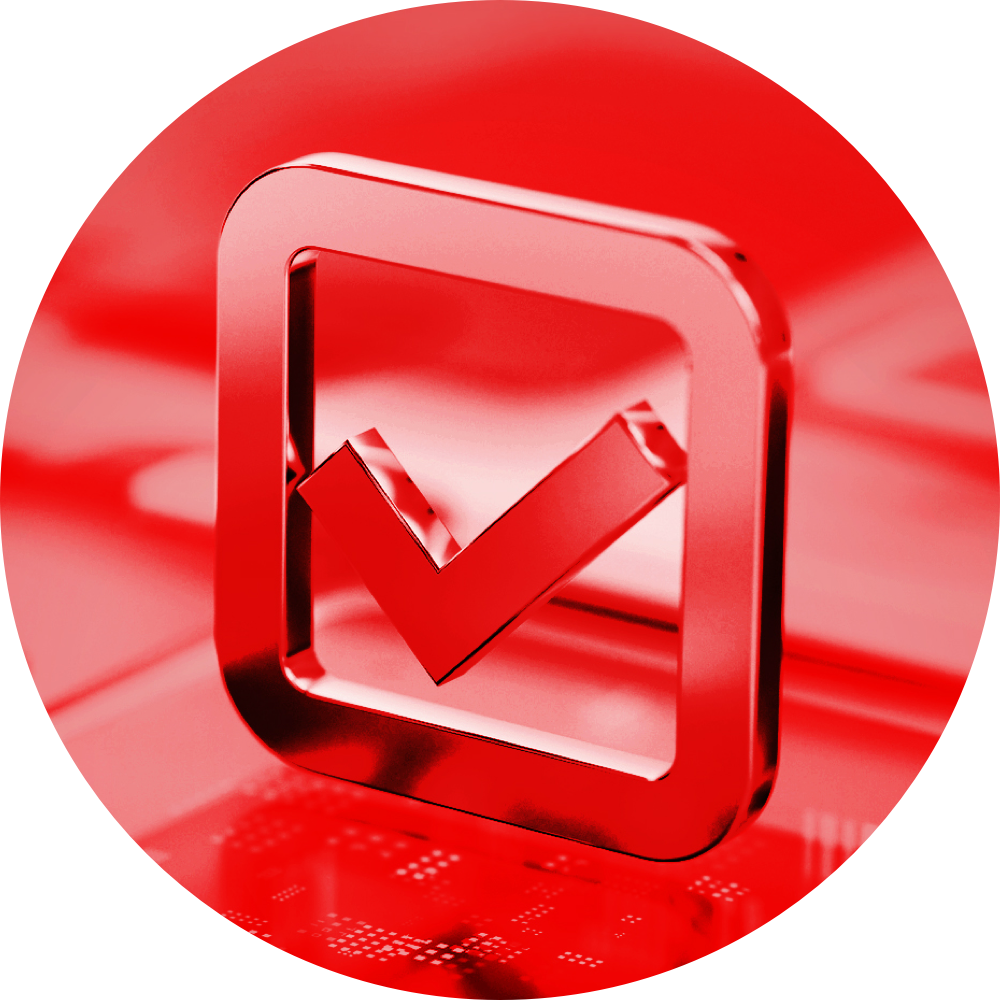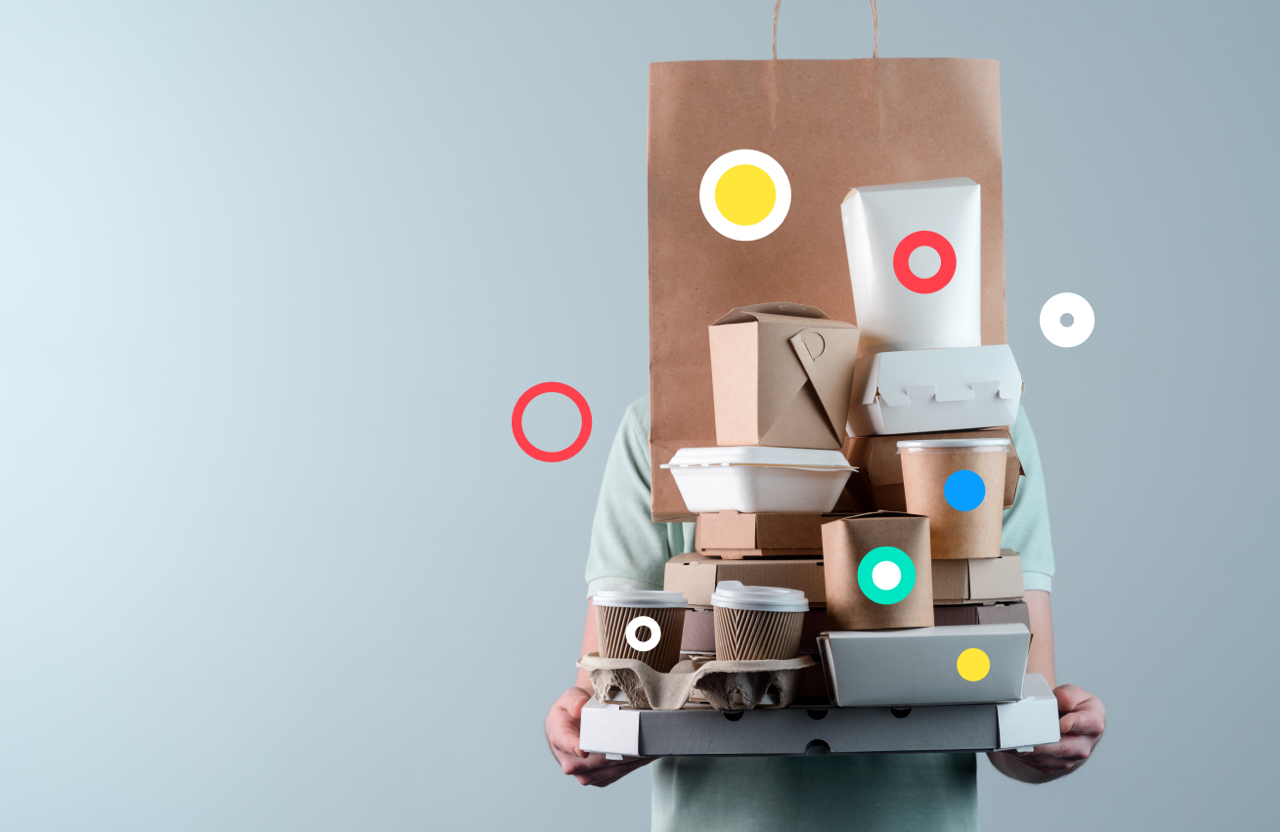What issue can we solve for you?
Type in your prompt above or try one of these suggestions
Suggested Prompt



Food & Dining
How Restaurants Can Be a
Model for Digital Transformation
How Restaurants Can Be a Model for Digital Transformation
With recent shifts in customer behavior patterns and technological advancements in the food and dining industry, there is an opportunity for restaurants to reimagine the customer experience, discover value in new products and services and use data to rethink business models. Agility, efficiencies and strong partnerships through digitally-led solutions are all critical ingredients on the menu for any service-based organization. Digital technology allows restaurants to meet diners where they are.
Across casual dining, quick-service restaurants (QSRs) and fast food, there has been a massive shift to off-premise service models and self-service ordering, which continues to become more automated through artificial intelligence technology and is unlikely to shift back to pre-pandemic levels.
Digitally transformed brands such as Starbucks, Chipotle, Chick-fil-A and McDonald’s have been reaping the benefits of digital, a key enabler in weathering the storm. McDonalds, for example, pivoted to a third-party delivery partnership with DoorDash in 2019. Chick-fil-A has also been quick to make moves on other digital initiatives, like in-house mobile ordering, geofencing technology, AI-powered data analytics and pick-up and delivery-only restaurant prototypes. While the chain’s unit count is less than half of other large fast-food chains, its drive-thru puts median sales for standalone units at $8.6 million for 2022, much higher than the average sales count for other chains.
''Whether it’s drive-thru, curbside pickup, delivery, walk-up grab-and-go or hotspots, food will be prepared and delivered to customers differently and menus may evolve as well to connect products fit for each delivery channel.''
Melissa Trepinski , Managing Director, Strategy at Publicis Sapient
U.S. online restaurant delivery revenue is projected to hit $85.46 billion in 2024, according to data from Statista. During COVID-19, 13 percent of the entire U.S. restaurant market was taken up by online food delivery. By 2025, delivery is expected to grow to a 21 percent share of the restaurant market.
According to Publicis Sapient research, 39 percent of diners prefer to place their order on a mobile app or online, and half of customers use their phone to look up menu items.
However, there’s more to be done to embrace digital than just providing mobile ordering and delivery. Half of customers say they would delete a restaurant or third-party app after a bad delivery experience, or a bad pick-up, even if it had nothing to do with the app itself. This represents a key area where restaurants can do more to diversify and maximize revenue by owning more of the delivery experience.
Learn the top use cases for artificial intelligence in the restaurant industry
As restaurant traffic patterns have shifted, restaurants must continue to focus on evolving their off-premise capabilities to quickly respond to customers’ concerns, incorporating emerging experiences such as voice, chatbots and in-car experiences to maximize efficiency.
Exploring digital technology advantages

As restaurants evaluate the spectrum of actions that enable them to diversify and maximize revenue through an improved customer experience, new product innovation, data and business model innovation, they must ask themselves:
- Why should we consider investing in changes and/or new services?
- Where should we invest in the exploration of new services and/or exploitation of existing service efficiencies?
- What opportunities will likely provide the best return on investment for the hypothesis?
- Which initiatives can start now, and which need a bit more investigation?
The following chart addresses the actions restaurants can take to get started on each route to diversification and new revenue streams:
How restaurants can get started with digital transformation
People will always need to eat and restaurants need to offer options and digital brings the necessary agility and speed to pivot with evolving needs.
Harnessing the power of digital and technology enables restaurants to address concerns about safety and serve consumers where they are while deploying innovative goods and services at cost and with speed that was once unimaginable, all while collecting valuable data.
Reach out to Publicis Sapient to create a seamless, digital-first customer experience for your QSR guests.











